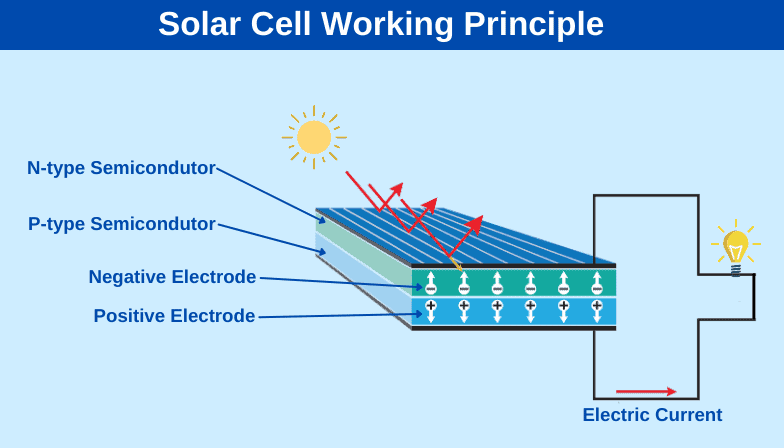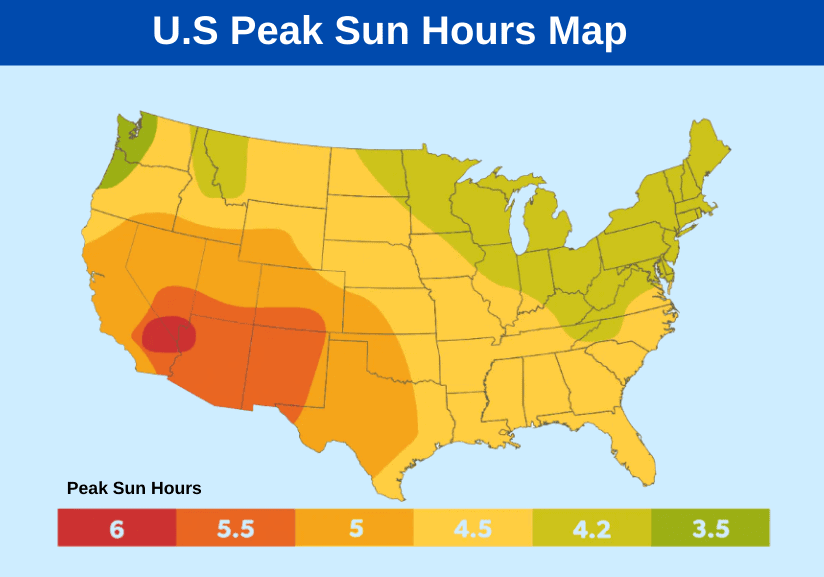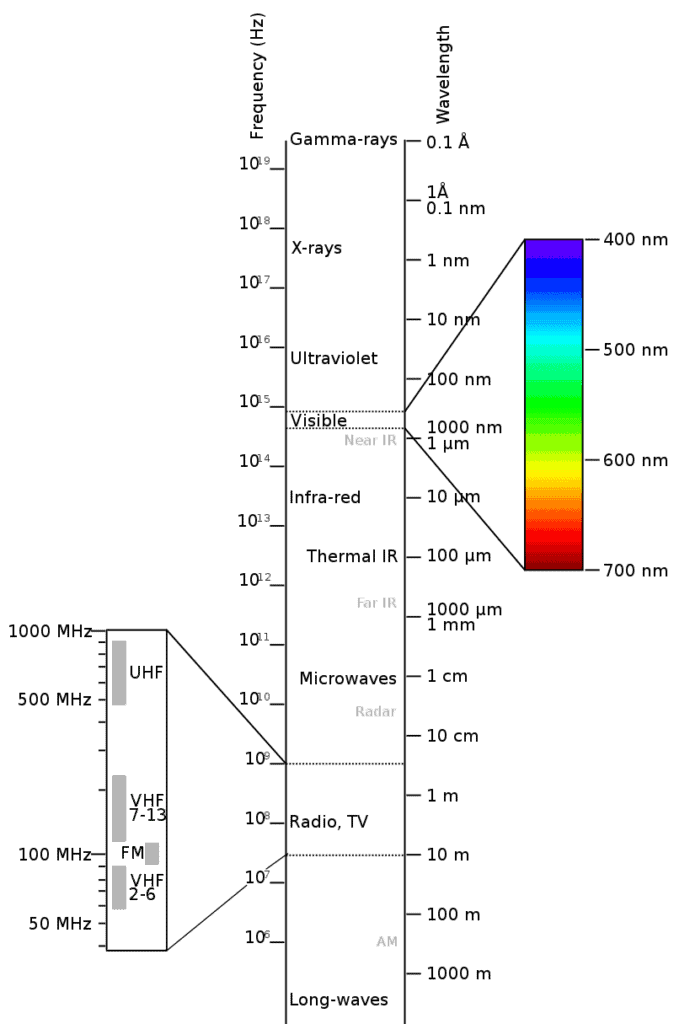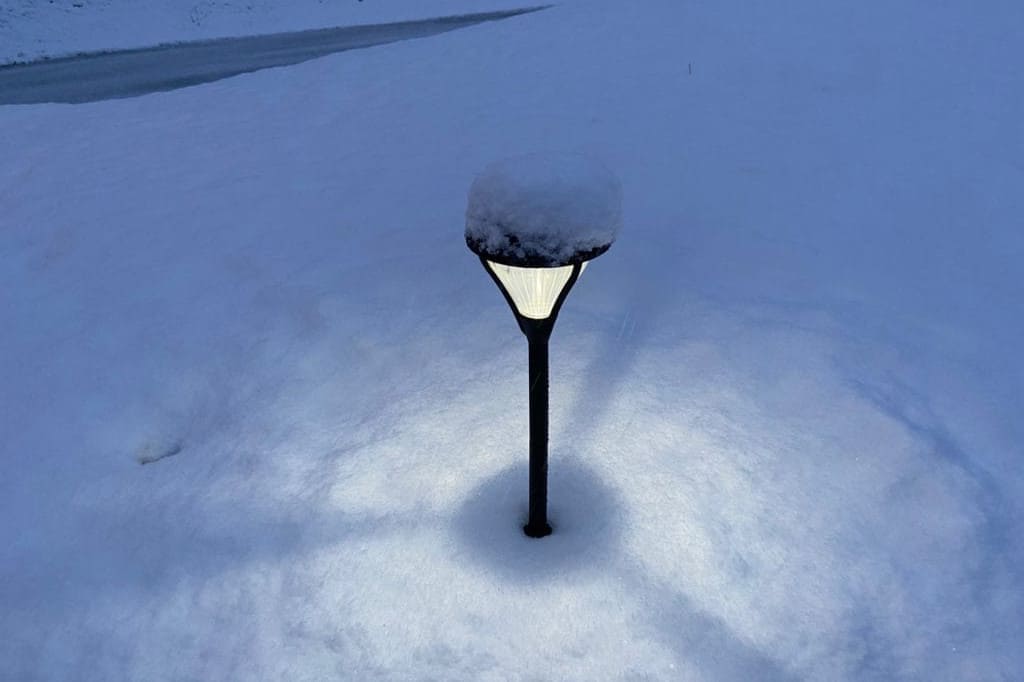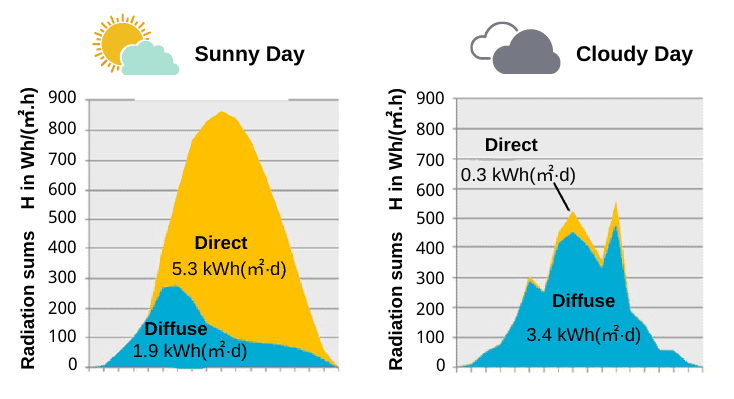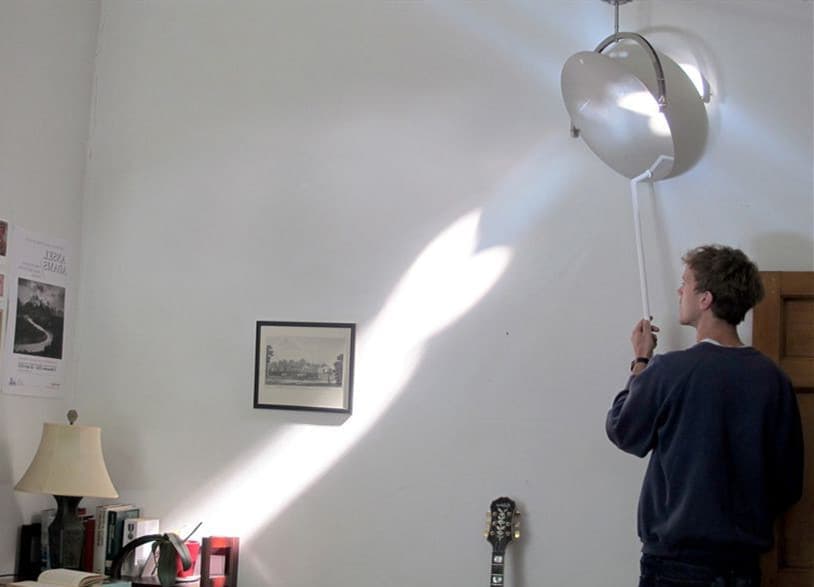Did you know you can charge solar lights even when there’s no sunshine? I know it sounds unlikely, given the “solar” in their name and all, but the sun isn’t the only energy source that we can use to put a charge into our solar lights.
This is good information and can come in handy if we want to have bright night-time lighting even when there isn’t enough sunlight to charge our lights fully.
Getting enough energy from other sources to power your solar lights is simple when you know how to go about it. So here’s my guide to how to charge solar lights without sun.
How do solar lights generate and store electricity?
First, let’s have a little recap just so we’re clear on how solar lights work.
The most important device inside your solar light is a photovoltaic or solar cell. This device takes light energy and converts it into electrical energy using a chemical process called the photovoltaic effect. Solar cells do this by using semiconductors. A semiconductor is a material that becomes a good electricity conductor under certain circumstances.
Silicon is the material most often used as a semiconductor in solar cells. Two pieces of silicon are doped by giving them contrasting positive and negative charges. When light energy, in the form of photons, hits these differently charged silicon layers, a reaction occurs that releases electrically charged particles called electrons.
These free electrons produce a flow of electricity that we capture and store in a rechargeable battery, using another chemical process.
An important fact about solar cells is that they create electricity when they come into contact with any form of light energy within the right wavelength. This means that we can use artificial light sources to charge solar batteries when the sun isn’t shining.
Next, Solar lights use another photosensitive component called a photocell to automatically turn lights on when it’s dark and turn them off again when the sun comes up in the morning.
How long does it take to charge a solar light?
Unfortunately, there is no simple answer to how long it takes to charge a solar light. There are several factors involved.
- How long does the solar light need to operate?
- How powerful is the light, and how much energy will it consume?
- How powerful is the energy source?
For now, though, let’s give you an approximate answer.
Typically it takes between 4 and 12 hours of direct sunlight to fully charge a solar light.
A fully charged solar light can usually operate for 4-7 nights without needing a recharge.
When and where might we need alternative energy sources for our solar lights?
Cloudy places like the northern US states get less direct sunlight than the hotter and drier states to the south. The chart below shows the average daily peak solar hours by state.
In the darker winter months, the sun is farther south of the sky, and daylight hours are shorter, so winter is when we are most likely to need alternative energy sources for our solar lights. And if you live in a northern state, you’re more likely to need help charging your solar garden lights.
What types of light can you use to power solar cells?
We classify light by its wavelength, and as you can see in this diagram of the electromagnetic spectrum, there are several different types of light, defined by their wavelength. Visible light is basically the light that we can see, but other wavelengths of light include ultraviolet, infrared, x-rays, and microwaves.
The wavelengths of light that can power solar cells fall in the range of 400 to 700 nanometres (nm). These wavelengths are in the visible light part of the spectrum.
This means that if a light source emits light that we can see, then we can use it to charge our solar lights. We can’t use radio waves, microwaves, infrared or ultraviolet rays to charge solar cells.
So we can use the lights in our home to power solar lights.
How to charge solar lights without the Sun
So let’s look at some ways that we can charge solar lights when the sun isn’t shining directly on them.
Indirect sunlight still charges your batteries
it’s a common misunderstanding to think that you can only charge solar lights using direct sunlight. This simply isn’t the case, and as long as there is even a little sunlight coming through the cloud cover, your solar cell will generate and store electricity.
Diffused light is indirect light like the light that comes through clouds or reflects off water, windows, or snow. Diffused light is less effective than direct sunlight at charging solar lights, but it still works.
The diagram above shows a German example where diffuse light creates almost as much solar energy as direct sunlight. It also shows how crucial diffuse sunlight is in cloudy weather when it still works to power a solar cell.
Before looking for other ways to charge our solar garden lights, we need to make the most of what diffuse solar is available.
To maximize the energy collection capabilities of our solar lights in cloudy weather, we need to make sure that they aren’t shaded and receive the maximum daylight possible.
Charge solar garden lights using artificial home lighting
you can charge outdoor solar lights using traditional incandescent home lights or home LED lights if that’s what you use. Simply place the solar cell directly underneath the light for the best effect.
It’s a good idea to use a light that you would have on anyway. Otherwise, you’re just increasing your electricity bill to charge your light and not benefiting from free solar energy.
Solar lights charge more slowly under home lighting than they do under direct sunlight, but you can still expect to charge a solar light under a bright home light in around twelve hours
Charge solar lights using LED lights
if you can’t move solar lights into your home to charge under artificial light, then, in a pinch, you can use a portable light source like a flashlight. You just need to place the outdoor lights solar cell directly in the light source, although it won’t charge fast.
This is handy to know when you need to charge solar lights, but it might be simpler to use the portable light source to provide the light you need.
Do your solar lights have an alternative charging option?
Some solar lights are specially designed for use when there isn’t much direct sunlight. Bear this in mind when shopping for solar lights and look for models with special features like USB chargers that allow you to charge the lights through electronic devices.
Some solar lights use rechargeable batteries that you can also charge using a mains adapter. These lights can use your home electricity to supplement the light they collect from the sun. Of course, you’ll have to pay to charge the lights, but it’s better than having them go out.
Some home solar lights have a power-saving setting that kicks in automatically in situations where there isn’t enough sunlight to run at full power. These lights use less energy, and so you won’t need to charge them as often.
Use mirrors to reflect sunlight
we already know that diffuse sunlight reflects from clouds and other surfaces onto our solar cells.
We can artificially increase the amount of diffuse sunlight our solar light receives by carefully angling nearby mirrors to reflect sunlight onto the solar cell. To do this, you need to look at where the sun is in the sky and position mirrors to reflect direct sunlight onto the solar. There is an argument that it’s easier to simply move the light, but if your light needs to be somewhere that isn’t exposed to sunlight, mirrors are a good option.
Takeaway points
in some places, especially in winter, you may need to take steps to charge your solar lights using artificial light sources.
First, you need to make sure that you optimally position your solar lights to capture as much direct and indirect sunlight as possible. Indirect or diffuse sunlight is an important energy source, so we don’t just need direct sunlight to charge our solar lights.
- You can angle mirrors to reflect more sunlight onto your solar cells.
- You can also buy solar lights with energy-saving features such as low wattage and power-saving options that allow more extended operation for less power.
- You can use almost any visible light source to charge solar lights.
- Placing the solar cell of an outdoor solar light directly underneath a mains light source is an excellent way to help it charge, and you can even use portable light sources like flashlights.
- Some solar lights have USB connections or mains battery charging options to charge them when the sun isn’t shining.
Using a combination of these techniques, we can maximize the lighting potential of our solar outdoor lights during winter months when the sun shines the least.
If you have any comments or questions about how to charge solar lights without the sun, then please share them with us here.


